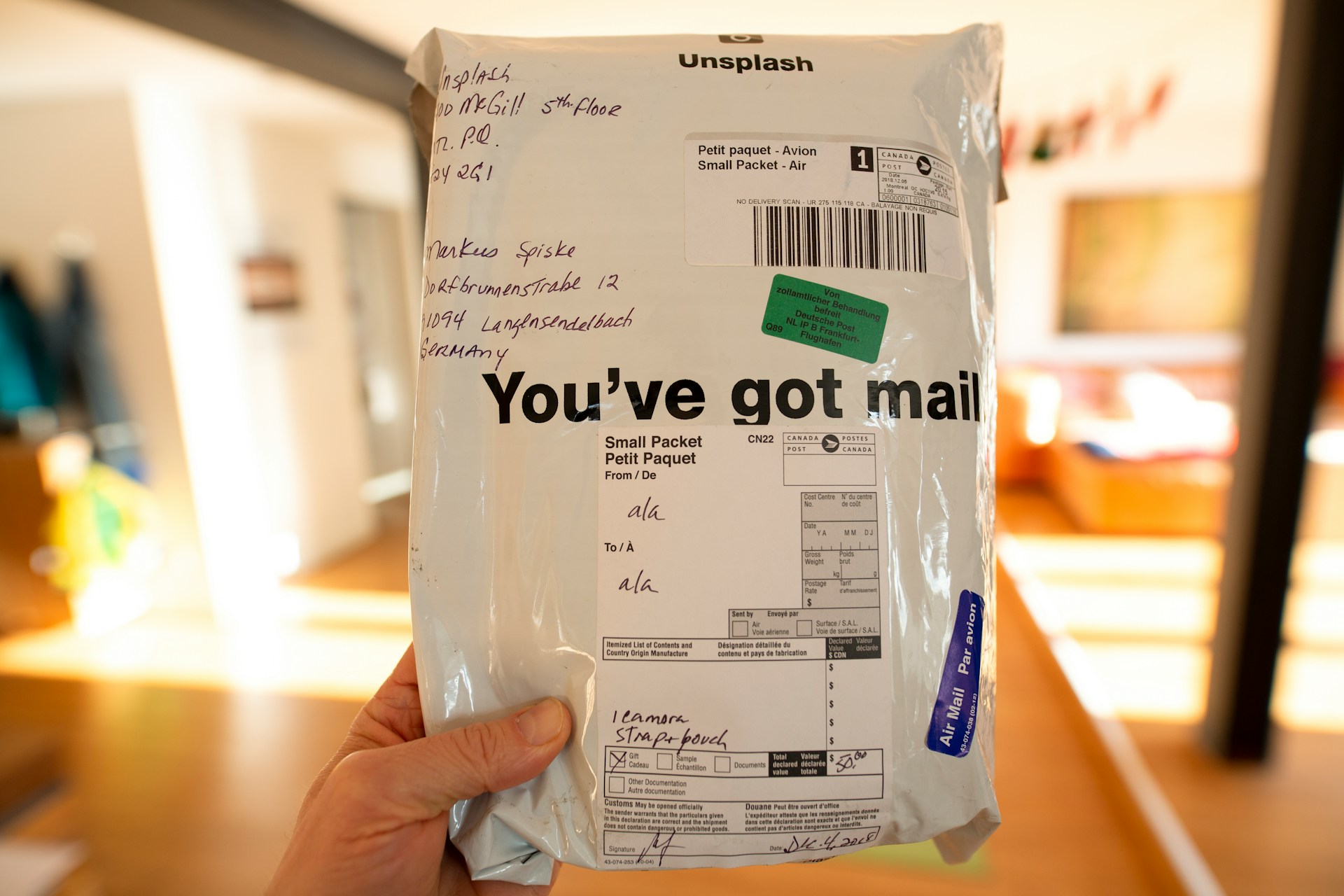Why Taxis Make Great Couriers
Taxi drivers already have what most delivery startups scramble to build:
- Vehicles on the road
- Area knowledge
- Flexible availability
- Trust within their community
When a local bakery needs to rush a wedding cake, or a lawyer needs legal papers hand-delivered to court, traditional courier services often fall short. The delivery might be too small, too last-minute, or too local to justify a full route. Taxi drivers, on the other hand, are used to real-time requests and already moving through the city.
This agility makes them ideal for one-off, urgent deliveries where speed and flexibility matter more than scale.
Who Uses Taxi-Based Delivery?
Micro-logistics can serve a wide variety of clients:
- Pharmacies delivering prescriptions to patients
- Restaurants and cafés offering last-minute catering drop-offs
- Florists during peak seasons
- Schools or universities needing fast inter-campus document transfers
- Private customers who left their laptop at a friend's house across town
In many cases, the requests come from local businesses looking for a solution more personal and responsive than major logistics chains can offer.
Managing Both People and Parcels
Of course, adding parcel delivery to a taxi business introduces complexity. You now have two types of jobs to manage — each with its own time sensitivity, handling needs, and destinations. Without proper coordination, the workload can become chaotic.
This is where dispatch systems play a crucial role. With the right tools, fleets can:
- Accept delivery jobs via call center, app, or customer portal
- Match jobs to the nearest available driver
- Route efficiently to avoid conflicts with passenger bookings
- Track deliveries in real-time
- Offer digital proof of delivery, if needed
By centralizing the operation, fleets can offer seamless hybrid services, dispatching both passengers and parcels from the same system — no need to run two separate businesses.
A Path to Stability and Growth
For many small taxi businesses, courier work is more than just filler during quiet hours. It creates income consistency, attracts new types of customers, and gives drivers more ways to stay productive.
In uncertain economic times or in areas where rideshare apps dominate the passenger space, micro-logistics is helping taxis remain relevant and profitable.
The lines between taxis, delivery, and personal transport are blurring. For those willing to adapt, that is not a threat — it is an opportunity.



Comments